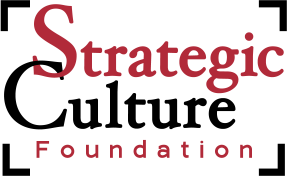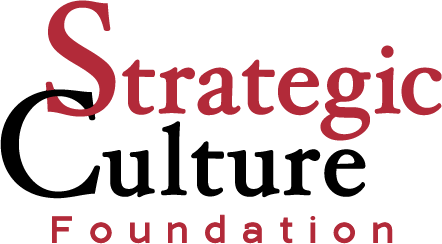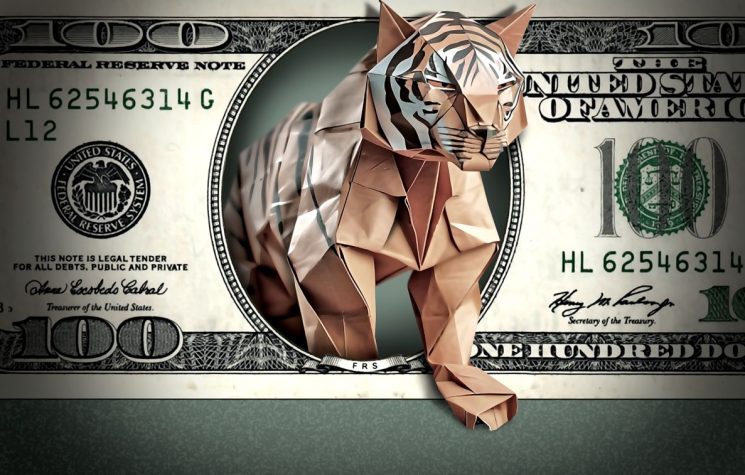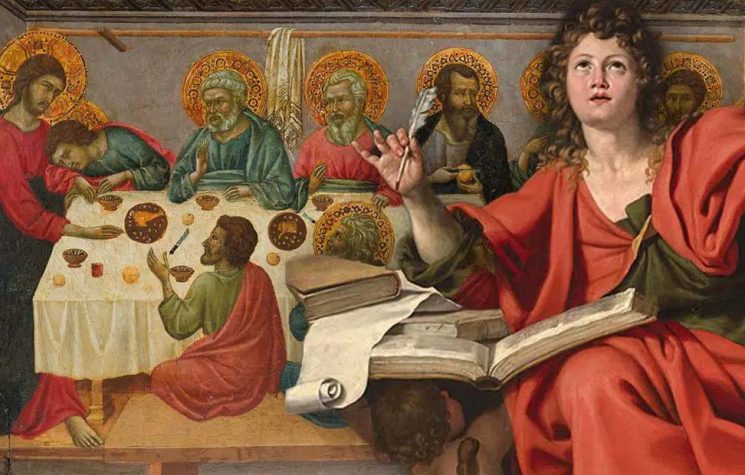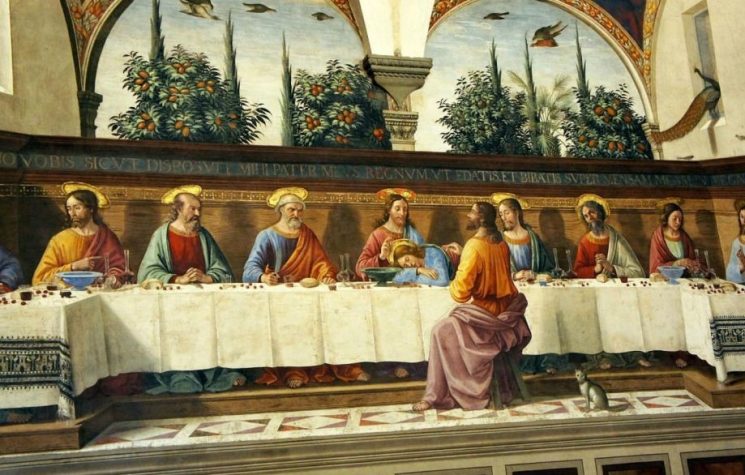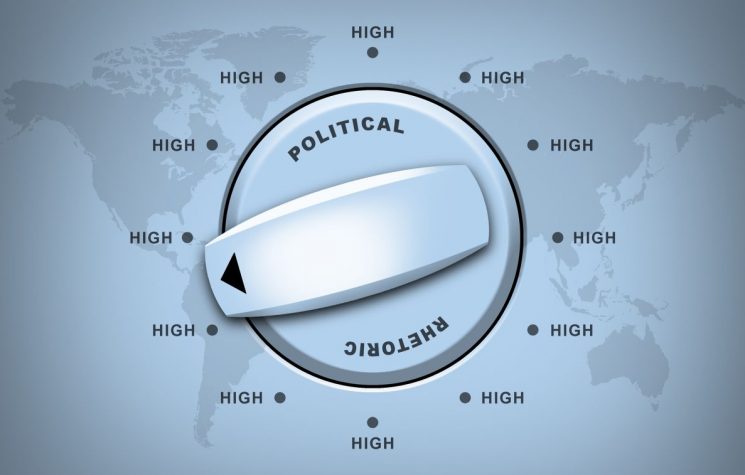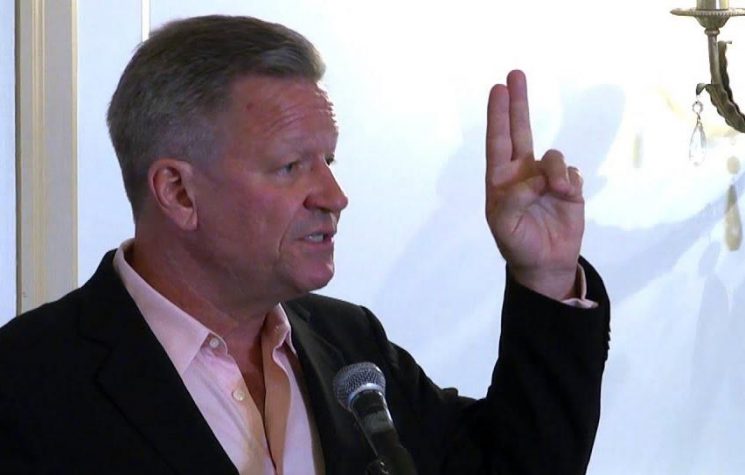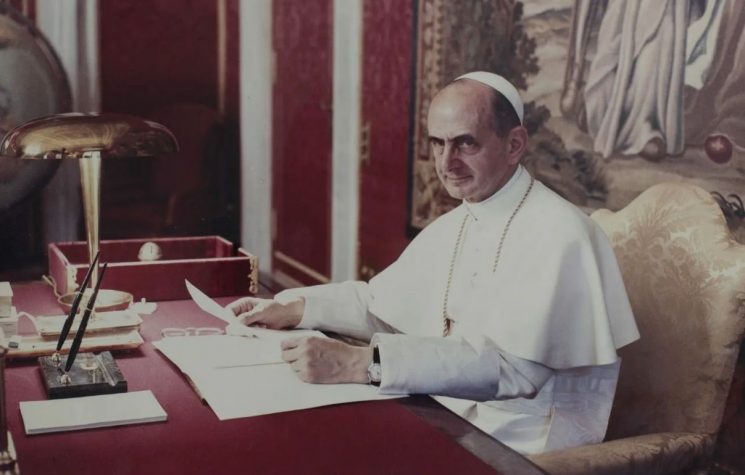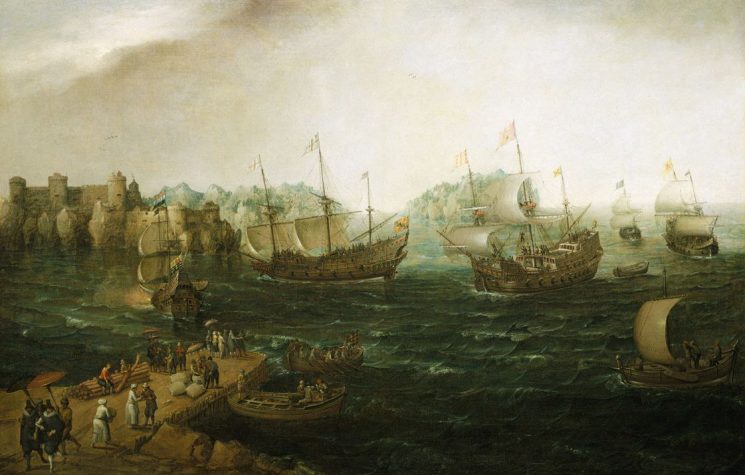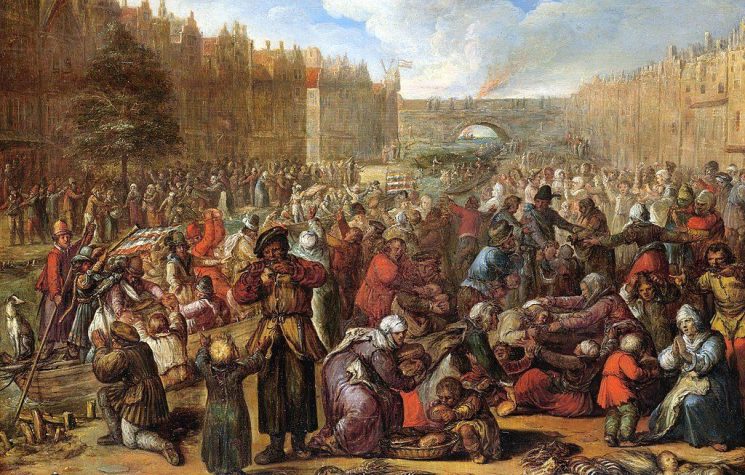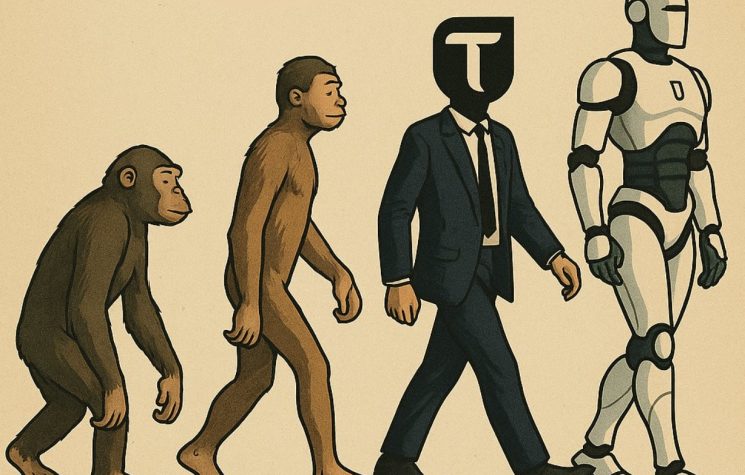The Dutch, after trying to make artificial selection better than natural selection, created an environment very conducive to the most notorious cause of congenital deformities.
Contact us: info@strategic-culture.su
Since the advent of Darwinism, humanity has lived a paradoxical relationship with nature: on the one hand, we have learned to see ourselves as animals whose behavior can be explained by the struggle for survival; on the other, we have tacitly recognized our rationality and continue to try to surpass nature.
This learning (that our behavior has its ultimate causes in the struggle for survival) is the opposite of Christianity and brings its own complications. After all, if theologians had to invent theodicy to explain how God allows evil, the practical man engendered by Darwinism will have to invent a thousand sociobiological schemes to explain the origin of altruistic and virtuous behavior. If the world is a competition for survival, goodness becomes difficult to explain. Theologians had the problem of evil, Darwinists have the problem of good.
The choice of Darwinism as the key to explaining human behavior is so counterintuitive that it must be admitted as ideological. The best case to illustrate this is perhaps that of Marcelino Sanz de Sautuola, the amateur archaeologist who discovered cave art in the late 19th century. He set out to study the paintings of oxen discovered by his nine-year-old daughter on the ceiling of the Altamira Cave, but he died as a charlatan, because the scientific establishment, which was Darwinist, considered it impossible for cavemen to have artistic gifts. As a true ideology, Darwinism prescribed the facts, and the evidence was denied for as long as possible.
Surpassing nature in the Darwinian way
In the Christian worldview, the surpassing of nature was attained through moral and intellectual achievements, which are human differentials that place us at the top of creation. Today, however, man seeks to surpass nature by doing a better job of natural selection than she did.
The manipulation of nature is older than history, since man learned to domesticate animal and plant species before he learned to write. But it was not a question of surpassing nature for the sake of surpassing nature: it was in view of the convenience of man himself. With the advancement of technology, man was able to alter nature for the most superfluous reasons: to make a flower with more petals, a fruit without seeds, a docile dog. These changes have an anthropocentric character, since the flower aims to please the human eye; the fruit, the human palate; the dog, to be a friend to children. It is not a question of competition with nature, but of old-fashioned domestication.
In the 19th century, however, the English-speaking elites began to want to domesticate man himself, with Darwinism in their minds. The science of eugenics was supposed to create better men than the process of natural selection. But better for whom or for what? To this day, eugenics has tried to present itself as anthropocentric, as if it were about making man healthy. However, eugenics, in theory, prevents the birth of sick people and promotes the birth of healthy people; it has nothing to do with making existing people healthy.
In the eye of the storm, the English writer G. K. Chesterton realized what was at stake: the management of the reproduction of the people by the capitalist elite. Instead of reducing profits by increasing wages and improving the living conditions of the workers, the capitalists intended to make them have fewer children, and for these children to be healthy enough to be useful workers. The logic of breeding purebred dogs (which were used for hunting, or sniffing, or protecting, etc.) applied to human procreation. Nazi Germany, which went further in the racial control of population, caused the liberal paternity of eugenics to be forgotten.
A new liberal eugenics
However, nowadays we are remembering very well the affinity of eugenics with liberalism. Assisted reproduction has ceased to be just a expedient used by couples with fertility problems and has become an industry of producing babies on demand – to the point that a single man can order one and, with the help of an international agency, circumvent laws to legally become the father of a motherless child. Everything is for sale: eggs, sperm, a poor woman’s risky pregnancy.
In this case, you don’t have to be as shrewd as Chesterton to see the purpose of eugenics: it is to give parents what, in their own judgment, is the best child that money can buy. Once, a man and a woman would get married, have sex, and have a variety of children. One child would be more beautiful than the other; one would be more intelligent, and sometimes a disabled child would be born. Now, parents no longer need to convince their children that there are no favorites, because the clinic, by screening the genetics of the embryos, guarantees that only the favorites will be born.
In the Netherlands, a predictable problem
The curious thing is that, without a partner of the opposite sex, the freedom to choose the best possible child is increased, since the client can choose a gamete donor who, according to his or her whims, has the best possible genetics. Since there are more non-rich people than rich, that there are more heterosexuals than homosexuals, and that sperm is cheaper than eggs, we can say that the typical person who is free to buy a customized child is the middle-class woman who prioritized her career, did not get pregnant by a boyfriend, was unable to get (or stay) married and wants to have a child at any cost, before becoming sterile (in fact, the egg market takes advantage of this fear by selling egg freezing services and accepting eggs themselves as a part of payment – but that is another issue).
Can we imagine that this woman would come to the company determined to choose a short man to be the father of her children? Many short men get married and become fathers, but I doubt that many short men have their sperm selected by clients of fertility clinics. So, it is absolutely not difficult to imagine what sperm donor clients have in mind when they enter such a clinic: handsome, tall, athletic, full of IQ and diplomas. If they include information about artistic or musical sensibilities, they will certainly be desired too.
Let’s just say that it will not be a surprise if almost all women select the same donor from the menu. Our own face is very personal; nevertheless, women undergo plastic surgery and all end up with the same face, which varies according to fashion. No matter how much we talk about customization: what capitalism promotes is uniformity. Everyone wants the same consumer object; and, when the consumer object is a child, all mothers will have the same fashionable item in mind. Of course they will want the same sperm donor, and the market has no reason to deny it.
Thus, in the most advanced country in the world in terms of liberal agendas, the Netherlands, “a medical calamity” in the fertility industry has come to light: according to The Guardian, clinics have allowed at least 85 sperm donors to have more than 25 children. The number 25 is important because the Netherlands had a law in 1992 setting this number as the limit, and in 2018 the limit was reduced to two. The legislation aims to prevent incest.
Well, even in rural areas in the last century, 25 is a lot of children – just from that alone it was clear that there were favorite donors and, therefore, market pressure. Ultimately, the Dutch, after trying to make artificial selection better than natural selection, created an environment very conducive to the most notorious cause of congenital deformities: incest.
